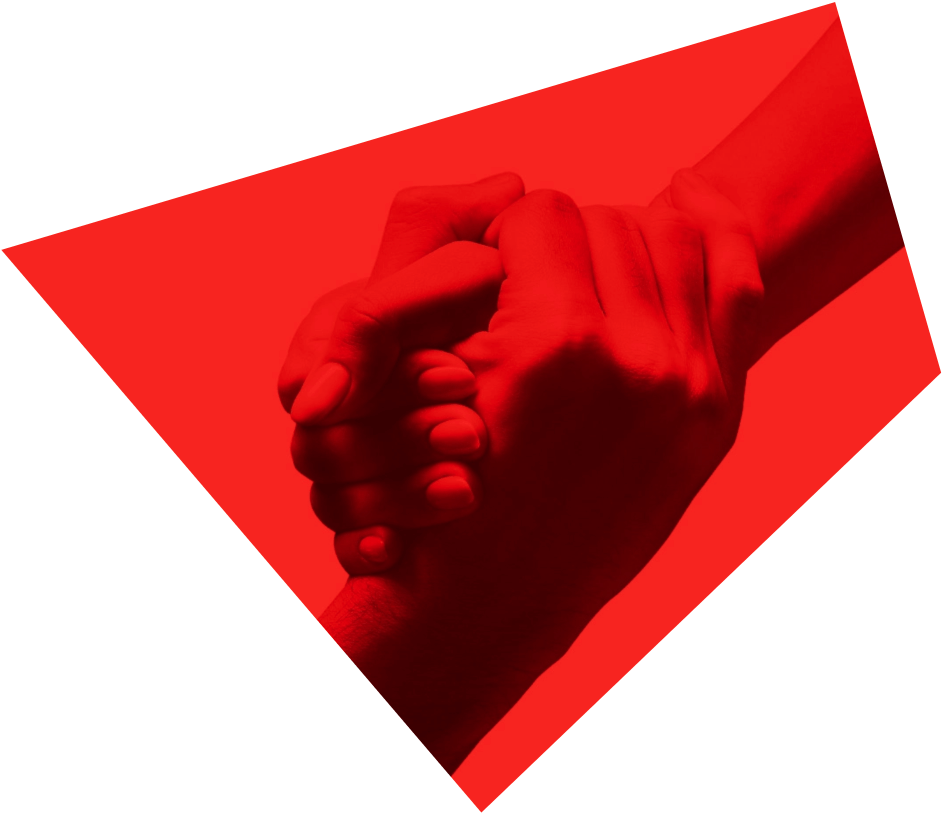In a bid to mitigate commodity price risk, Canadian energy companies are turning to technology.
The boom and bust cycle of international commodity prices is a familiar one to Canadian oil and gas producers. In fact, each of the three economic recessions in the past 25 years was accompanied by a run up in prices, followed by a sharp contraction as demand dropped.
World oil prices began another downward spiral in mid-2014. More than one year later, there is a growing concern that prices are continuing to soften, and it seems clear that recovery will be more elusive than in past cycles. That’s all the more true for Canada because the long-standing reliance on the United States as its export market is now complicated by America’s new energy self-sufficiency.
In the past, the typical response to managing commodity price risk was fairly basic: slash jobs, curtail production and slow capital spending to a trickle until the storm blew over.
But not this time.
A recent survey of energy industry executives conducted by Cisco Systems in 14 countries, zeroed in on the importance of leveraging new technology in this challenging environment. Respondents indicated they believed that as many as half of all manual oil and gas processes could be automated through the Internet of Everything (IoE is the network that connects people, devices and processes), a development that could transform the sector’s workforce. Given that half the oil and gas workforce is five to 10 years from retirement, it is an imminent opportunity to reduce overhead and drive future efficiencies.
According to Cisco Canada, oilpatch customers are achieving significant improvements by leveraging the data that IoE yields.
‘By deploying a connected oilfield, not only can IoE dramatically reduce operational costs, it will allow the industry to address safety-related events associated with unnecessary travel to remote sites,’ noted National Director of Oil and Gas Transformation, Brad Bechtold. ‘Connecting things like well heads or pump stations will allow real-time monitoring remotely, alleviating the need to send employees to do manual measurements.’
Other companies are also betting big on the benefits of harnessing data in new ways.
This year, BP is connecting 650 of its oil wells to General Electric’s cloud data platform to gain real-time access to machine and operational data sets to increase production, improve efficiency, prevent failures and minimize costly downtime. This project is expected to be deployed in more than 4,000 wells around the world in coming years.
For its part, Enbridge has assembled a Pathfinders Group, a team of scientists and business people searching the world for new technologies to deploy. Canada’s Oil Sands Innovation Alliance (COSIA), meanwhile, has brought together a number of companies to develop and share cost-saving environmental solutions. While there is little oil and gas producers can do to control prices, they can control operating costs. And in an era of thin margins and fragile demand, the steady transition from a traditional, heavy industry to one that is knowledge-driven is more urgent than ever.
Connecting things like well heads or pump stations will allow real-time monitoring remotely, alleviating the need to send employees to do manual measurements.





